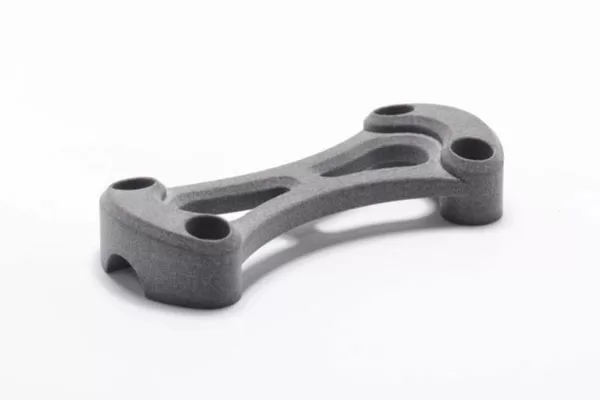Whether you’re developing a new product, refining an existing one, or creating a solution to a pressing problem, the ability to iterate quickly and efficiently is crucial. This is where rapid prototyping comes into play, revolutionizing the way ideas are brought to life.
Rapid prototyping is a method used to create a scaled-down version of a product or system quickly. It allows designers, engineers, and innovators to visualize concepts, test functionality, and gather feedback early in the development process. By rapidly building and refining prototypes, teams can identify flaws, explore alternative designs, and ultimately deliver better solutions to market faster than ever before.
One of the primary benefits of rapid prototyping is its ability to accelerate the innovation cycle. Traditionally, developing a new product or idea involved lengthy design phases, followed by prototyping, testing, and refinement. This process could take months or even years, leading to delays and missed opportunities. With rapid prototyping, however, ideas can be brought to life in a matter of days or weeks, allowing for rapid iteration and continuous improvement.
Another advantage of rapid prototyping is its cost-effectiveness. By creating inexpensive prototypes using techniques such as 3D printing, laser cutting, or CNC machining, teams can test multiple design iterations without breaking the bank. This not only reduces the financial risk associated with product development but also enables companies to allocate resources more efficiently, focusing on ideas with the greatest potential for success.

3D printed products
Furthermore, rapid prototyping promotes collaboration and creativity within teams. By providing tangible representations of ideas, prototypes encourage stakeholders to provide valuable feedback and contribute to the design process. This collaborative approach fosters innovation and ensures that the final product meets the needs of end-users effectively.
In addition to its benefits during the design phase, rapid prototyping also plays a crucial role in market validation. By testing prototypes with real users early in the development process, teams can gather valuable insights and validate assumptions before investing significant time and resources into full-scale production. This reduces the risk of developing products that miss the mark or fail to gain traction in the market, ultimately increasing the likelihood of success.
The rise of digital tools and technologies has further accelerated the adoption of rapid prototyping across industries. Advanced software platforms enable designers to create virtual prototypes and simulate real-world scenarios, allowing for even faster iteration and refinement. Additionally, the integration of augmented reality (AR) and virtual reality (VR) technologies enables stakeholders to experience prototypes in immersive environments, providing a deeper understanding of the final product’s potential.
Despite its many advantages, rapid prototyping is not without its challenges. Successfully implementing a rapid prototyping process requires careful planning, collaboration, and a willingness to embrace failure as an opportunity for learning and improvement. Additionally, teams must balance the need for speed with the importance of quality, ensuring that prototypes accurately reflect the final product’s intended functionality and user experience.
In conclusion, rapid prototyping has emerged as a powerful tool for driving innovation and accelerating the product development process. By enabling teams to quickly and cost-effectively iterate on ideas, gather feedback, and validate assumptions, rapid prototyping has the potential to transform industries and drive meaningful change. As technology continues to evolve, the role of rapid prototyping will only become more prominent, empowering individuals and organizations to turn their boldest ideas into reality.
